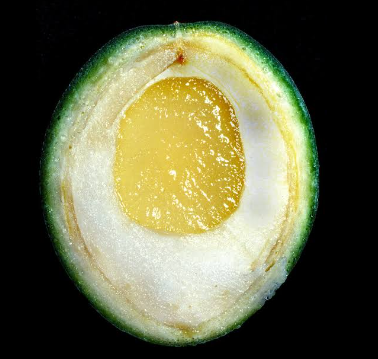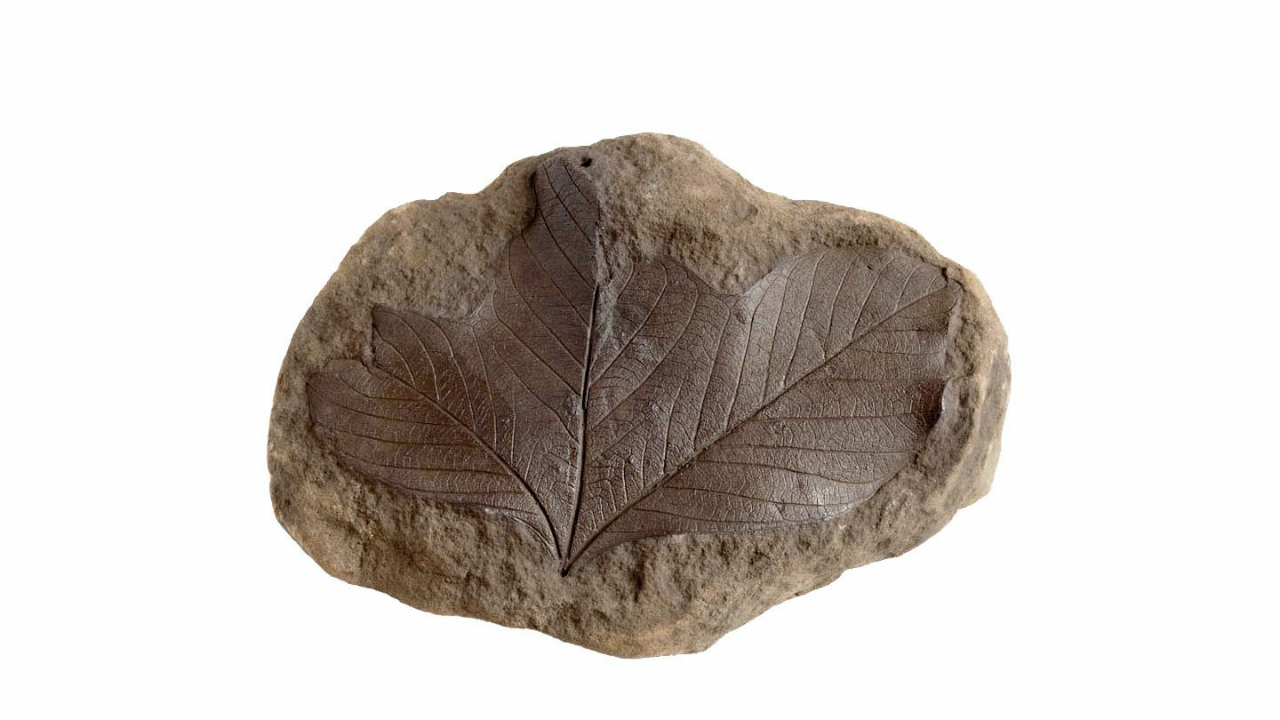Gymnosperm - Cycas male & female structures
Introduction
Gymnosperms are the plants that doesn't produce flowers. So their reproductive structures are cones. Cycas is one of a plant belongs to the group gymnosperms
VEGITATIVE REPRODUCTION
vegetative reproductive structures of cycas is called bulbils or adventitious buds
* Develop in the basal part of the stem, in the crevices between persistent leaf base
* Decurrent base is covered with scale leaves and a few foliage leaves,develop from the centre.
* After falling on soil, develop to a new one
* Male plant bearing bulbil develop as male cycas
* Those from female plant develop as female cycas
SEXUAL REPRODUCTION
Cycas is a dioecious plant ( male and female on different plants )
MALE CONE
* Microsporangiate strobilus
* Develop singly at the apex of stem
* Stem may get arrested for the crown
* Growth will resumed by development of lateral bud,arising from the cone base
* The cone get pushed one side
* Male cone is short - stalked
* Compact
* Oval/ conical Woody structure
* 20-80 cm long
Largest cone in the plant Kingdom
* Surrounded by crown of young leaves
* Consist of many microsporopyll ( stamen)
* Stamens are arranged arround a cone axis in acropetal succession ( longest and oldest on the base and youngest and shortest on the top )
* They are soft and fleshy wheny the young
* At maturity , they become hard
* Horizontally flattened and nearly triangular in shape
* Large in middle region and small at the tip
Microsprophylls of cycas,one from top and another one from bottom of male cone
MICROSPROPHYLL
* Triangular and flattened structure
* 3-3.5 cm long
* Proximal wedge-shaped - fertile part
* Distal - sterile part
* Tapers to an upcurved projection called apophysis
* Upper abaxial - microsporopyll is sterile
* Lower adaxial - numerous microsporangia fertile
* Arranged in group called sori ( single - sorus )
* sorus consist of 3-6 microsporangia
* Microsporangia, arising from a central indusial papilla.
* Delicate hairs for protect young sporangia
* Also help to dissemination of microspores
* Microsporangium has 3 walls
(I) outer exothecium - is made up of thick walled and cutinkzrd
(II) Middle exothecium - thin walled cells
(III) Tapetum - nutritive cells
* Each sporangium contains a large number of microspores
Microscopes or globular uninucleate and haploid structures, covered and protected by a thick spore wall. It has two layers outer exine and inner intine
MEGASPOROPHYLS
* Cycas has no female cone.
* Microsporophylls serve as female organs
* Arise in close spirals around the stem apex in acropetal succession
* Microsporophylls are produced in large numbers more than that of foliage leaves
* Present in the between the successive worlds of foliage leaves
* Considered as modified foliage leaves
* 15-30 cm long
* Each of them has basal stalk and terminal pinnate lamina
* Ovule number 2-10
STRUCTURE OF OVULE
* Short- stalked or sessile
* Oval spherical
* Large sized
Largest ovule in the plant Kingdom
* When young it is green and hairy
* At maturity become hairless and red or orange-red coloured
* Large central mass of parenchymatous cells called nucellus
* Surrounded by a single integument that protects the microsporangium
* Integument fuses with the body of the ovule
* Except th apex of nucellus
* Where it is forms a nucellus beak and the micropyle
* Integument is very thick and differentiated in to 3 layers
(I) outer fleshlyayer outer sarcotesta
(II) middle hard stony layer sclerotesta
(III) inner fleshy layer - inner sarcotesta
* Mucilage canals and tannin cells areusually present in the integument
* Some cells of the nucllar beam dissolve to form a pollen chamber
"Deeply situated cell of the nucellus differentiated into a megaspore mother cell. This cell if large, with dense cytoplasm and prominent nucelus. It undergoes meiosis and form a row of four haploid microspores. The lowermost megaspore become functional and the others provide nurishment to the funtional megaspore."







Very helpful
ReplyDelete